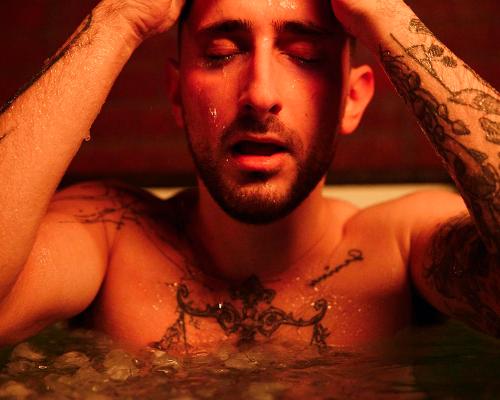Thursday 02 May 2024 | Sign up for FREE magazines & ezines here
Education and career planning for the spa and wellness industry
You are here: news / industry news
You are here:
advice
Learn more >
benefits
Learn more >
stories
Learn more >
reports
Learn more >
resources
Learn more >
Spa & wellness industry news

Safety guidelines address dangers of cold water immersion
27 Feb 2024 Australian exercise and active health trade body, AUSactive, has partnered with the national Royal Life Saving and Swimming Pool & Spa Association to develop a position statement on cold water immersion therapy (CWI).The new eight-step approach aims to equip individuals and businesses with essential safety considerations and practical advice.
CWI has experienced a surge in popularity in recent years, attributed to its potential health benefits ranging from immune system support to tumour suppression and body fat reduction.
However, without proper preparation and precautions, CWI can pose significant risks to participants. Click here to read Spa Business’ dedicated feature exploring how spas and wellness facilities can best mitigate these risks.
New demand
Chris Alexander, GM of standards and development at AUSactive, reported that CWI has exploded in popularity during the Australian summer.
“The position statement is about providing guidance and advice on safety considerations for users and providers of CWI programmes, such as those offered by AUSactive members and businesses,” he said.
“Like with any new trend, popularity can rise dramatically thanks to social media. As the peak association for the fitness and active health sector, AUSactive needs to provide useful and practical information to our members to keep them informed.”
Royal Life Saving and AUSactive advise that the below steps should be taken when facilitating or participating in CWI:
1. Screening and assessment: Participants should undergo a pre-activity screening to identify any contraindications or underlying health conditions that might increase their risk during CWI. Those at an elevated risk include pregnant women; individuals with any chronic or serious illness; those who are on certain medications and/or with heart problems, circulatory issues, high blood pressure, autoimmune disorders or increased sensitivity to cold (Raynaud’s disease).
2. Informed consent: Participants should receive a comprehensive briefing on the potential risks and benefits of CWI. This information is vital in ensuring participants understand what to expect and the precautions they should take and therefore should obtain medical guidance before commencing CWI activities.
3. Preparation and warm up: Participants should be trained to regulate their breathing during CWI to minimise the risks associated with shock response. They should also do an adequate warm-up/down before and after CWI to minimise the risk of hypothermia and injury.
4. Acclimatisation: Cold water exposure should begin with shorter durations and gradually progress as the participant's tolerance increases. In the context of cold plunge pools, the neck and head should always remain out of the water.
5. Water temperature: The water temperature should be carefully monitored and controlled. It should not be so cold as to cause extreme stress on the body. A temperature range of 10-15°C is generally considered safe for most individuals. Colder temperatures can be used but this increases the risk of extreme stress on the body and appropriate risk reduction steps are strongly advised.
6. Risk assessment: A thorough risk assessment should be undertaken, and the outcomes should feed into the organisation’s broader risk management plan and other critical safety systems such as emergency management and supervision planning, where applicable.
7. Supervision: In the context of an aquatic facility, a qualified and trained professional, e.g. a lifeguard, should be present at all times to monitor participants, provide guidance and respond to any adverse reactions or incidents. The supervision arrangements should be documented in the facility’s supervision plan.
8. Emergency management: Well-established emergency procedures should be in place and regularly practised. The emergency plan should document the roles and responsibilities of those responsible for supervision and response as well as access to rescue equipment, oxygen, defibrillators, thermal blankets and medical support.
AUSactive says the position statement is designed for users and providers of CWI programmes.
The trade body clarified: “This statement does not provide guidance on cold water swimming, the design or construction of facilities used for CWI, or the systems and equipment used to manage the water quality. However, these areas also warrant careful consideration and seeking out separate expert advice.”
For more information, visit AUSactive’s official website.
More industry news
Further news sources
Get your weekly ezines and FREE digital magazines – sign up here
Get the latest spa news, career opportunities and FREE digital magazines from Spa Business and Spa Business insider
© Cybertrek 2024

